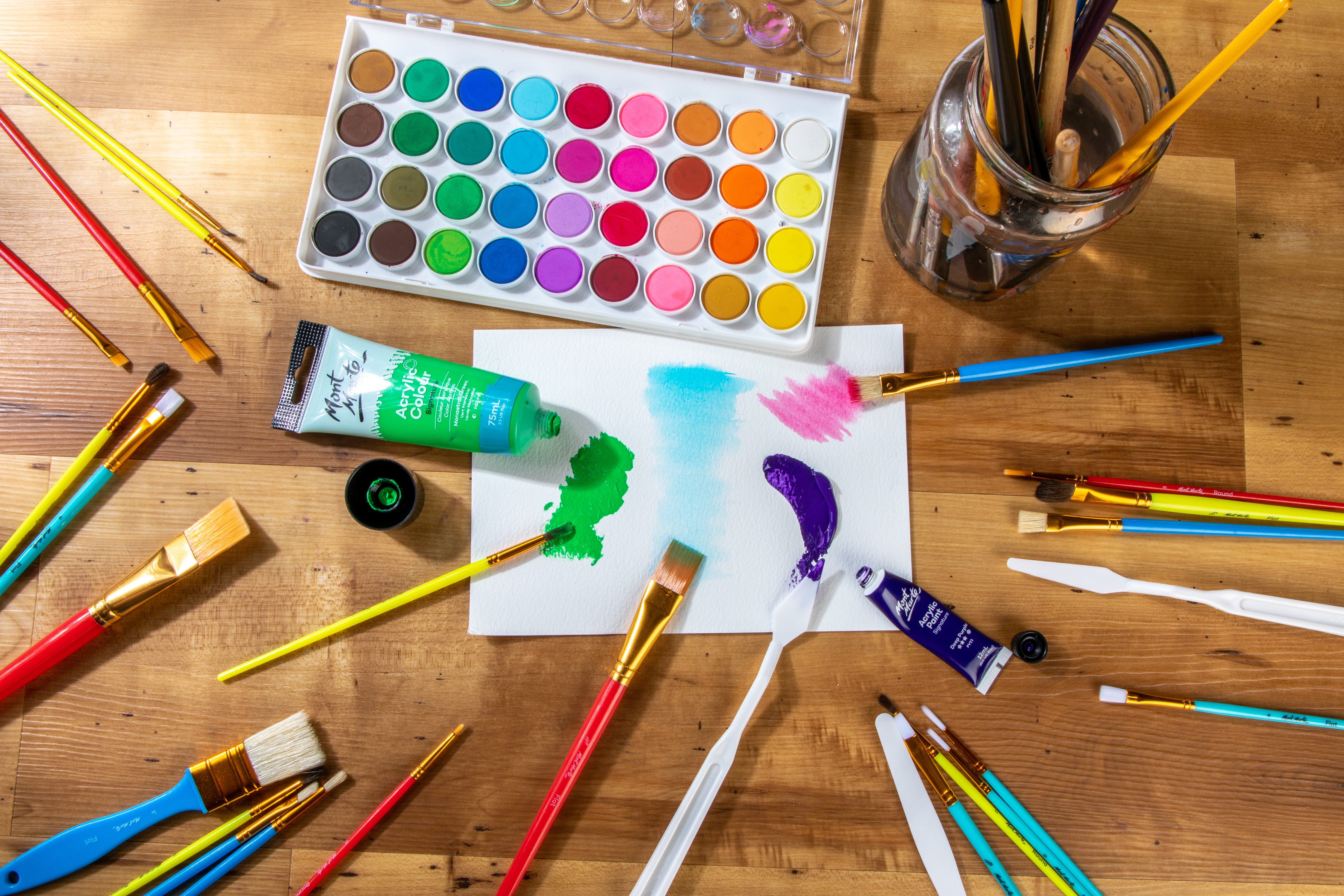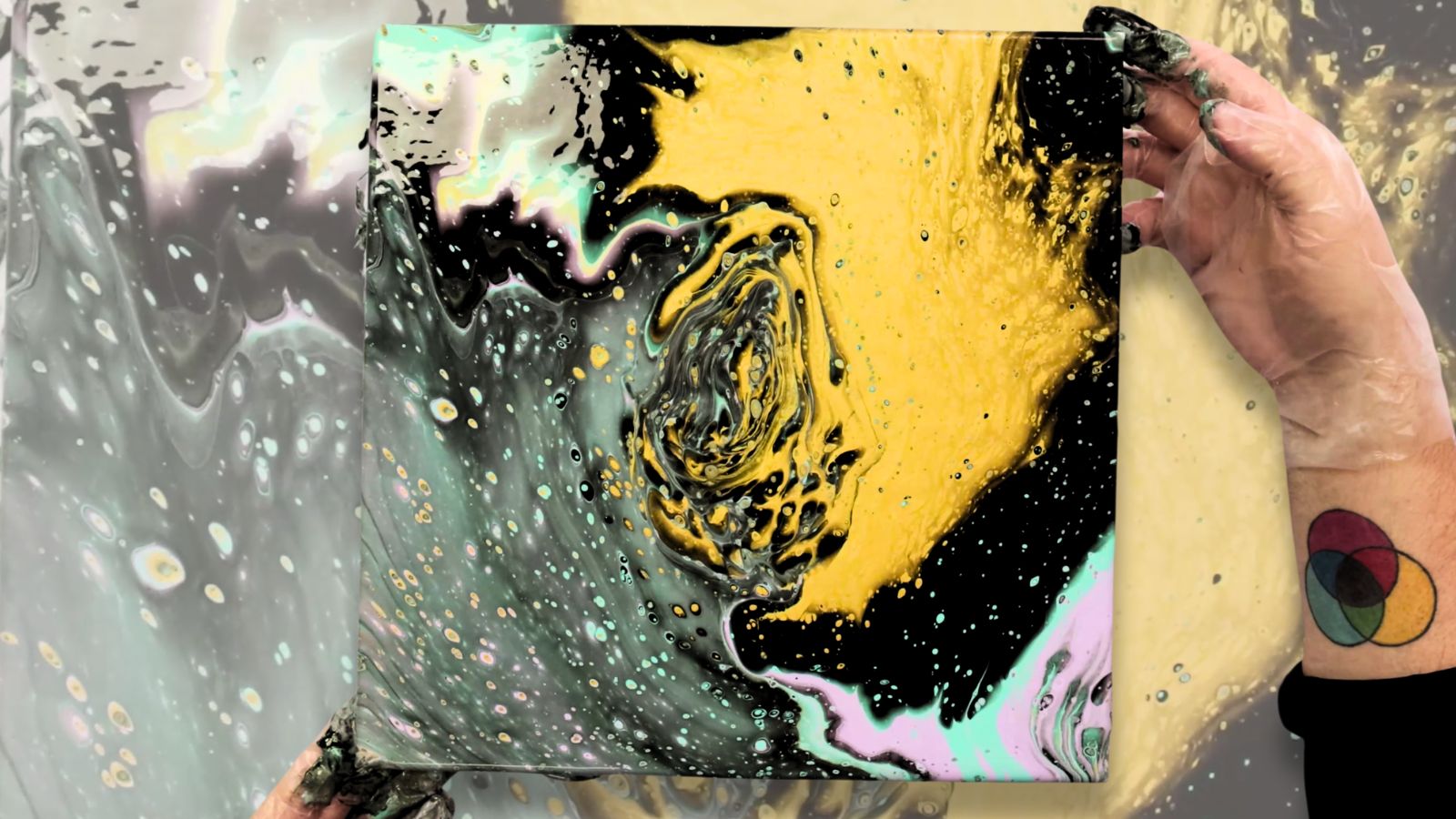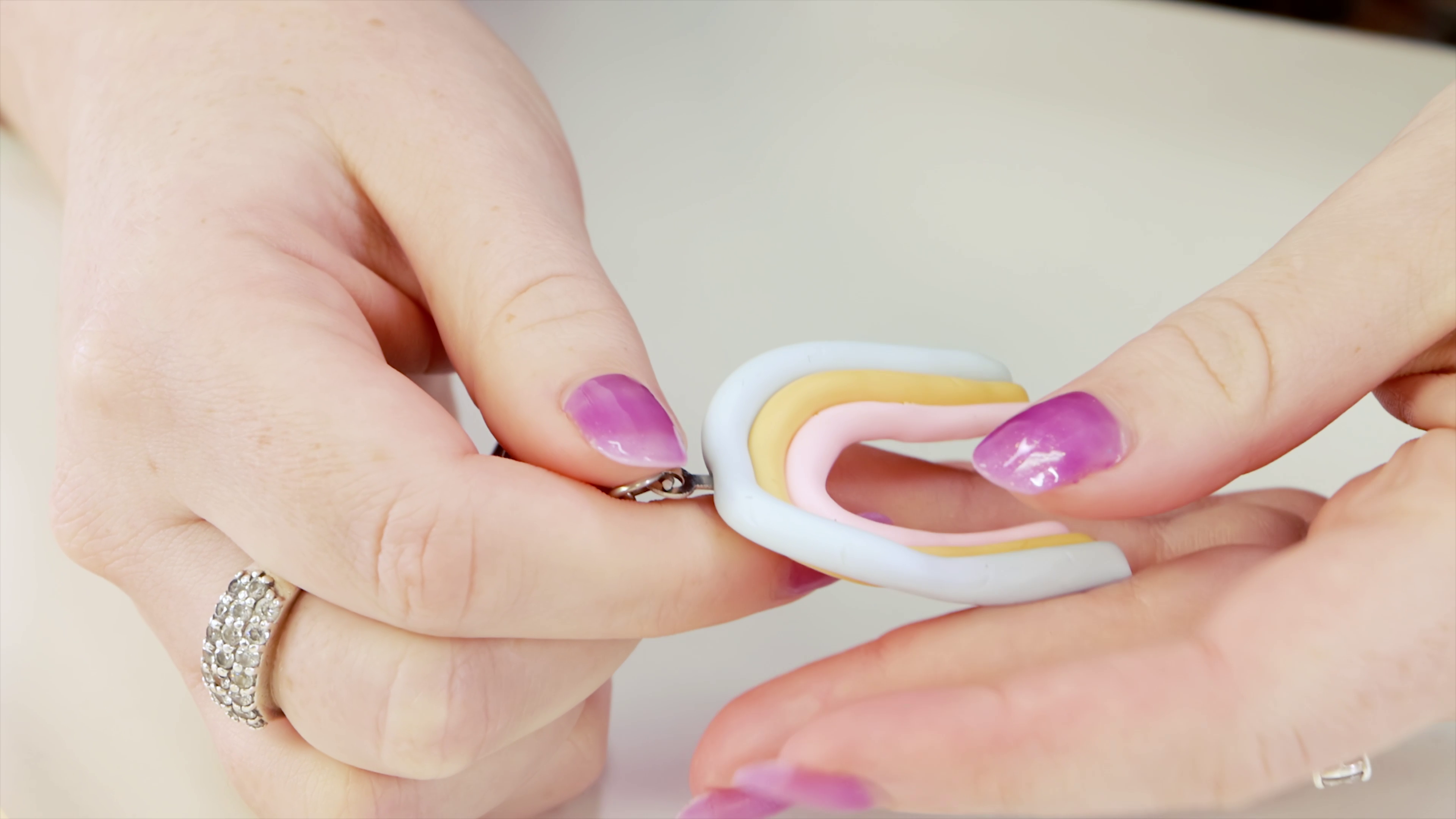Let’s dive into the best way to get a smooth paint finish so you can get creative with confidence. If it’s your first-time painting, or you want to improve your application, fingers crossed these tips help you paint evenly. Whether you try one or all of the pointers, you may pick up a new painting habit!
1. How to prepare a canvas

Our canvases come triple primed with universal primer so that you can brush your acrylic and oil paints directly onto the surface. Even though its ready for paint, the texture of the woven canvas fabric can still be felt and seen through thin layers of paint. To create a smoother base, try priming the canvas at home before painting.
Changing your surface texture in art affects how your brushstrokes sit on the canvas. Some mediums such as Modelling Paste can be used to create a dimensional and chunky base coat, while others can be used to remove underlying texture. Priming a canvas with gesso is a great way to smooth out the surface so your paint flows easily and binds more effectively.
Our Gesso Premium is perfect for this! Apply it in multiple layers for the smoothest results. It comes in white and black and for the best results, we recommend a minimum of 3 layers, drying in between each coat. If you’re after an ultra-smooth finish, you can create a glassy effect by applying 5-6 coats of Gesso Premium, sanding between each layer once dry.
Glassy and level surface texture helps your brushes flow effortlessly across the canvas with no visible texture shining through your paints. This is an ideal base for even painting styles and fine detail works.
2. How to paint evenly with acrylic

Learning about a couple of art mediums will help you learn how to make acrylic paint flow better. You can use an art medium to make your acrylic paints flow smoothly on the canvas. Smooth-flowing paints are easier to apply evenly so it’s handy to know which mediums to try out. We have a few different products you can use to increase paint fluidity, including our Acrylic Mediums (available in Gloss and Matte finishes) and our Acrylic Flow Medium.
Both of these art mediums change the consistency of your paints to flow freely for long, smooth brushstrokes. While our standard Acrylic Mediums make your paints more translucent, ideal for watercolour and glaze effects, our Acrylic Flow Medium thins your paints without diluting colour vibrancy. Both mediums work well and are easy to use; simply mix in varying amounts until the paint is the consistency you want. Have a play and see how your colours apply evenly across the canvas.
Check out our handy guide to acrylic mediums to learn more.
You can also thin your acrylic paints with water to improve their flow. This will reduce their opacity but it’s a nifty way to quickly smooth your brushstrokes.
3. How to make oil paint flow

Try using art mediums with oil paint to improve their flow and increase drying times when creating. Oil paints need different painting mediums than acrylics, usually an oil-based medium. The best ones for fluidity are our Safflower Oil, Thickened Linseed Oil, and Refined Linseed Oil. They all work well and are simple to use, with minor benefits between each one!
Safflower Oil improves the flow and gloss of your paints, resisting yellowing and increasing translucency. It has mid-viscosity, thinning paint to your desired consistency depending on how much you mix in. It also works well with light and white paints, changing their texture without effecting the colours!
Mixing oil paints with Linseed Oil also improves flow and minimizes paint texture, with reduced brush stroke retention for even coverage. Thickened Linseed Oil has mid-viscosity, with a thick, syrupy consistency and an amber colour. Refined Linseed Oil enhances flow and slows down drying time, improving the gloss of your paints as well. It also has mid-viscosity and is ideal for wet-on-wet painting techniques.
Learn more about our oil mediums by checking out our guide, and experiment at home to find out which one suits your style the most.
You may want to thin your oils without adding gloss or increasing drying times. Mixing turpentine with oil paint, or using other oil solvents, helps your paints flow smoother and dry faster. Simply mix in varying amounts until the paint is the consistency you are looking for. Just keep in mind, your colours may dry to a more dulled, matte finish. This isn’t a bad thing, and often suits certain realism and oil painting styles!
4. How to paint evenly with a brush

Different brushes create different brushstrokes which effects how to apply paint evenly. Softer, more rounded brushes are ideal for even painting, as the bristles are less defined and brushstroke retention is reduced. A stiffer brush made from bristles such as hog hair will likely create streaks and texture in your paint.
Our softer synthetic brushes, such as our taklon brushes, provide a firm brush head without stiff bristles. We’ve got a huge range of these for colour blocking to details so have a look to find your best fit. Sable brushes are also soft for smooth painting, ideal for adding finer details and thin streaks of paint. Pick up a couple to see which ones give you the most event results.
Filbert brushes can be great for ultra-smooth application as their rounded edges reduce brushstroke marks on your canvas. We have a range of different Filberts for different parts of your artwork (e.g., details) but they might not be the best fit for all-over colour blocking due to their shape and size.
Once your paint is the consistency you want, sweep it onto the canvas in a fluid motion. Blend to smooth as required and move your wrist rather than your hand for better control.
5. Sanding paint to make it smooth
You can use fine sandpaper to smooth out your acrylic paints once they are dry. If you finish your work and there’s paint texture you want to remove, a handy trick is to smooth it out carefully with sandpaper.
Start by dabbing a little water onto the area you want to level so that less dust is produced. It’s always a good idea to wear a dust mask or respirator while sanding to protect from loose paint particles just in case. Gently sand back the texture until your painting surface is even, wiping away any dust created. Once the spot is clean, if the finish is dulled either add a thin layer of paint to enhance the colour or varnish the painting to make your paints pop.
6. How to get a smooth finish with varnish

Varnishing your painting not only protects the paint but creates a smooth final layer across your canvas. If you find that your artwork isn’t even once it’s dry, consider adding a few thin layers of gloss or matte varnish to improve the surface texture. Whilst this doesn’t change the look of the paint underneath, other than adding or reducing gloss, it does change the physical paint texture by adding additional clear layers.
Hopefully, you’re ready to try out some of these tips and have a go painting evenly at home. If this sparked your interest, why not experiment with priming, changing paint flow, and sanding to see what results you get! 😊
If you feel inspired to pick up some paints and mediums and get creating, #montmarteart or tag us @montmarteart on Instagram or Facebook because we’d love to see what you come up with!
Looking for more? Check out our Projects & How-to’s for some inspiration. We have a step-by-step video that walks you through varnishing a painting that may take your fancy!



































